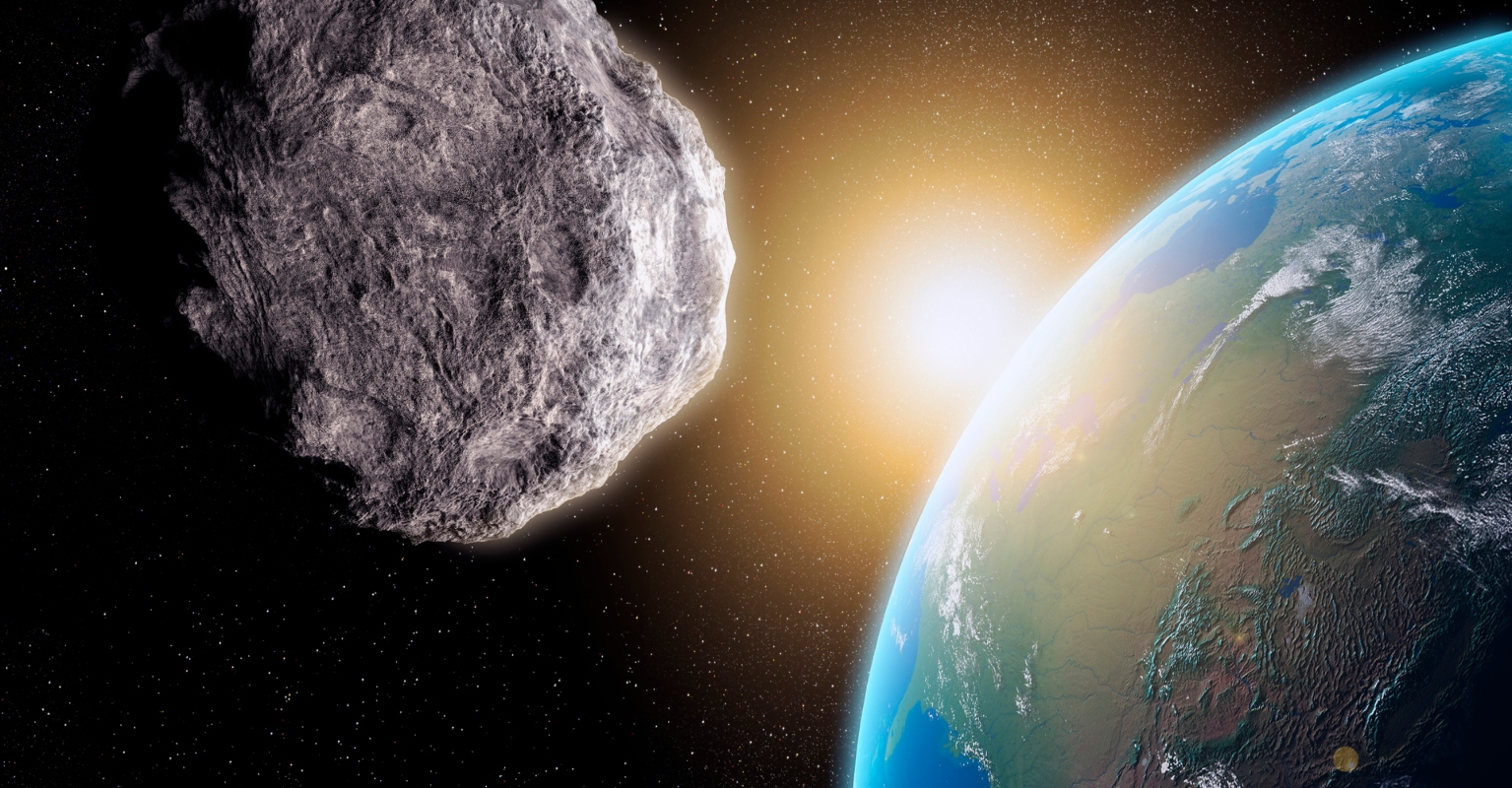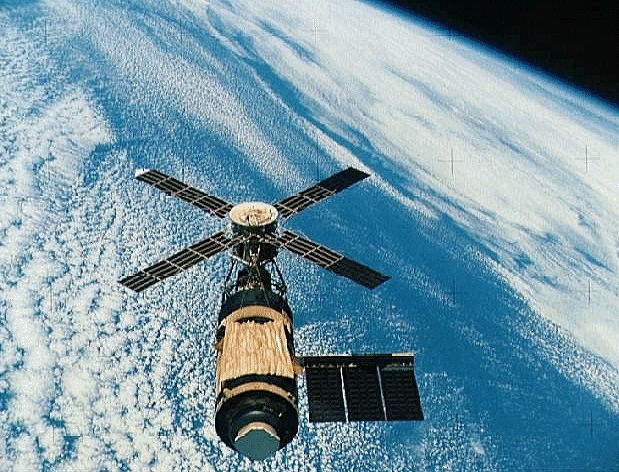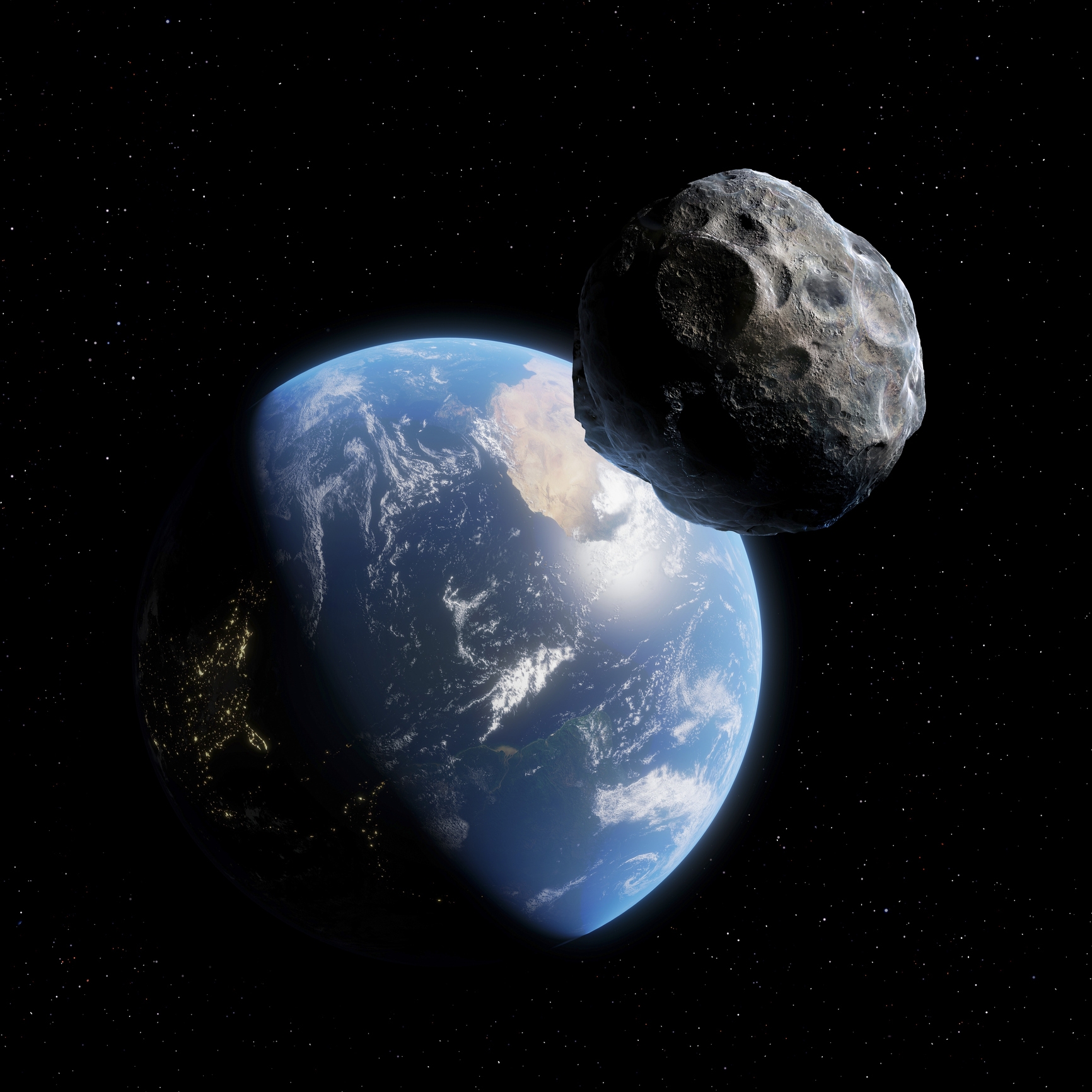
NASA has launched a mission to intercept an asteroid called "God of Chaos" as it nears Earth's orbit.
Every so often we hear about a world-ending event that we might need to prepare for, and - given that an asteroid was responsible for wiping out the dinosaurs - we are right to be wary of them.
That being said, this isn't one of those occasions but the asteroid will come extremely close to Earth so we can have a good view of it as it (hopefully) flies on past.
NASA has re-launched its spacecraft, now named OSIRIS-APEX, to embark on a mission to study the asteroid Apophis, famously dubbed the "God of Chaos."
As reported by NASA, the spacecraft is geared up for a new mission that will unravel the mysteries surrounding Apophis' historic flyby, an event described by the space agency as something that "hasn’t happened since the dawn of recorded history."
Apophis, measuring approximately 370 yards across, is set to fly by Earth on April 13, 2029, at a mere 20,000 miles away - closer than some manmade satellites and potentially visible in the Eastern Hemisphere. This close encounter occurs only once every 7,500 years.
As Apophis nears Earth's orbit, OSIRIS-APEX will closely monitor the asteroid's interactions with Earth's gravity and study the aftermath to understand "how its surface changes," according to Amy Simon, the mission’s project scientist.

The asteroid will come closer to Earth than some man-made satellites. Credit: Heritage Space/Heritage Images/GettyThe expected effects include alterations to the asteroid's day length, currently at approximately 30.6 hours, and the possibility of landslides and quakes on the "God of Chaos."
Dani Mendoza DellaGiustina, principal investigator for OSIRIS-APEX at the University of Arizona in Tucson, emphasized the mission's potential insights into planet formation, stating: "We know that tidal forces and the accumulation of rubble pile material are foundational processes that could play a role in planet formation."
The spacecraft is set to rendezvous with Apophis on April 13, 2029, and will operate in close proximity to the asteroid for 18 months. While not landing on its surface, OSIRIS-APEX will conduct a comprehensive study, mapping the surface and analyzing the rock's chemical composition.
A particularly close approach, within 16 feet of the asteroid's surface, will allow the spacecraft to fire its thrusters downward, providing scientists with an opportunity to examine the material beneath the surface.

The asteroid poses no danger to Earth. Credit: MARK GARLICK/SCIENCE PHOTO LIBRARY/GettyDespite the asteroid still being five years away from its close encounter with Earth, scientists are closely monitoring Apophis as it approaches its first of six close passes with the sun.
The mission holds the promise of unlocking crucial information about the formation of celestial bodies and deepening our understanding of the solar system's early stages.
This asteroid is no reason to panic, but a chance to get your telescope out!















